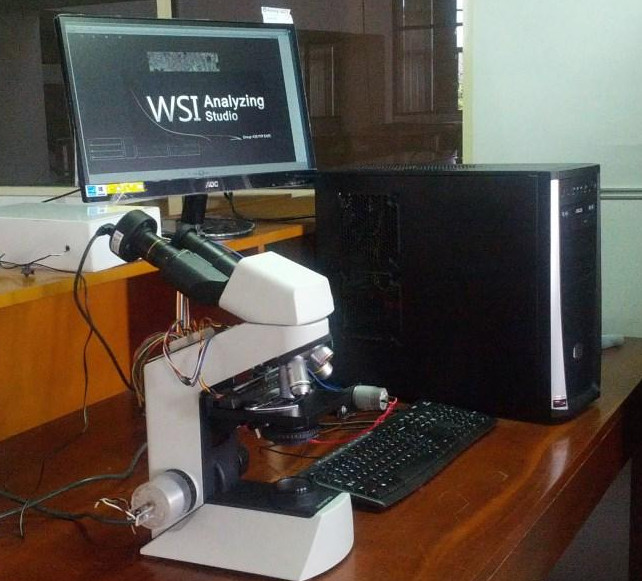Introduction
Ubiquitous computing intends to increase the use of computers by making them accessible from anywhere in the physical environment at anytime yet without drawing user’s attention. Recent boom of wearable devices such as smart-watches, smart-glasses attempt to overcome this issue by proposing interactions that require minimal user involvement. However, in instances where people interact with shared physical objects in common spaces, it is more practical to augment the objects rather than humans. For example, in a library, attaching a sensor to a book is more realistic than having each library user wear a special device. The way we interact with everyday-physical-object consists of sequences of short-repetitive-activities which we refer to as micro-activities. A collection of micro-activities make up one macro level activity, which is typically tested in activity recognition research. For instance, cycling can be thought of as a sequence of micro-activities such as accelerating, decelerating, turning, standing still, falling, etc. A rapid intermittent acceleration and deceleration trigger a turbulent ride while constant speed triggers a steady one although both situations fall under the category of cycling at macro level. For understanding such delicate behavioral changes of everyday objects, recognition of underlying micro-activities is of much importance.
Read the full paper

